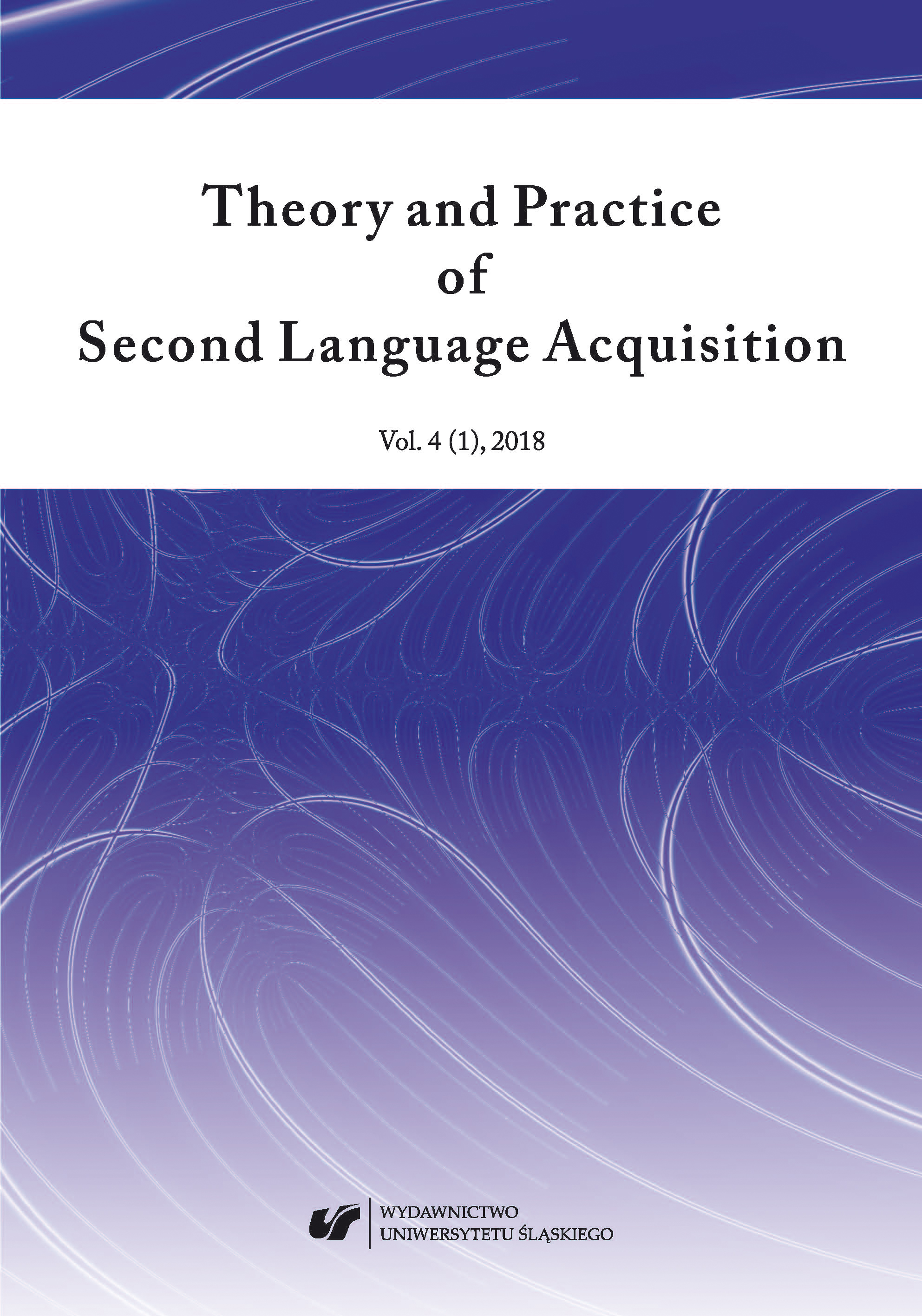L2 Proficiency as a Function of Cultural Identity in Interlingual Couples
L2 Proficiency as a Function of Cultural Identity in Interlingual Couples
Author(s): David SingletonSubject(s): Language and Literature Studies, Foreign languages learning, Theoretical Linguistics, Language acquisition, Sociolinguistics
Published by: Wydawnictwo Uniwersytetu Śląskiego
Keywords: identity; interlingual couples; love; L2 proficiency; affective
Summary/Abstract: The “love factor” has increasingly figured in SLA research. Thus, Piller (2002) studied the language “glue” between cross-lingual couples; Marinova-Todd (2003) found a link between L2 proficiency and co-habitation with native speakers; Muñoz and Singleton (2007) reported a romantic connection between successful late L2 learners and native speakers; Gonçalves (2013) explored hybridity in bicultural relationships; and Kinsella and Singleton (2014) found that the participants in their study of late L2 learners whose L2 test results were all within native-speaker range had native-speaker life-partners. This issue is now being taken very seriously, as Dewaele and Salomidou’s (2017) recent article on “loving […] in a foreign language” demonstrates. In the present article we report on the results of some recent qualitative research, based on interview data collected from five individuals who are involved in intercultural and cross-lingual relationships. The research shows the L2 learning process to be clearly influenced by the affective context in which it occurs. The data also suggest that identity construction may be moved in a particular direction by the language principally adopted by the couple, and that, for the partner for whom this language is an L2, the results can be dramatic in terms of both linguistic and cultural affiliation.
Journal: Theory and Practice of Second Language Acquisition
- Issue Year: 1/2018
- Issue No: 4
- Page Range: 7-22
- Page Count: 16
- Language: English

